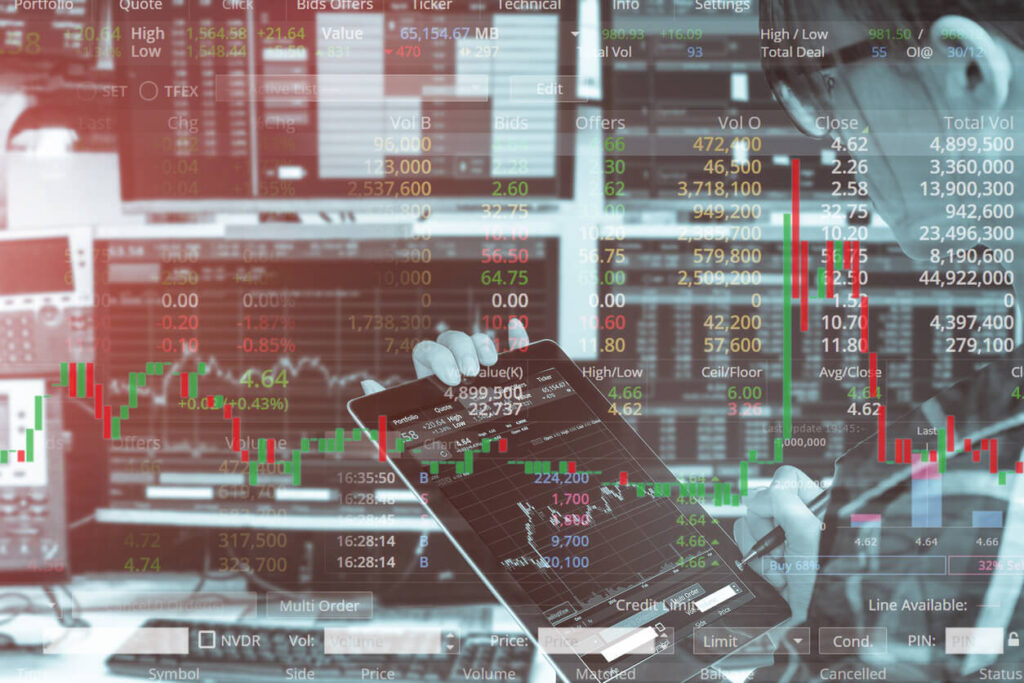Best tips for proper money management in Forex trading

In the dynamic world of forex trading, success goes beyond analyzing charts and executing trades. One of the most crucial elements for long-term profitability is effective money management. You can minimize risk, protect your account, and maximize your overall returns by implementing sound strategies to manage your capital. In this article, we will delve into the key principles of money management in forex, exploring risk management techniques, position sizing, and the importance of discipline in achieving sustainable success.
Understand Risk Management
Risk management is the foundation of any successful trading endeavor. It involves identifying, assessing, and mitigating potential risks to preserve capital. Here are some essential risk management techniques:
a. Set Risk Tolerance:
Determine the maximum amount of capital you are willing to risk per trade or per day. This mitigates the risk of catastrophic losses in order to maintain a healthy trading account.
b. Use Stop-Loss Orders:
Place stop-loss orders to automatically exit trades when the market moves against you. Set them at strategic levels based on technical analysis or key support/resistance levels.
c. Implement Proper Risk-Reward Ratios:
Calculate the potential reward against the risk before entering a trade. Aim for trades with a higher reward-to-risk ratio, such as 2:1 or 3:1, to ideally ensure that winning trades outweigh losing ones.
d. Diversify Your Portfolio:
Avoid overexposure to a single currency pair or trade. Diversify your trades across different currency pairs and employ various trading strategies to spread the risk.

Position Sizing
Determining the appropriate position size is crucial for effective money management. Position sizing refers to the allocation of a specific portion of your trading capital to each trade. Here are some key factors to consider:
a. Account for Risk Tolerance:
Adjust your position size based on your risk tolerance. Higher risk tolerance may allow for larger positions, while conservative traders should opt for smaller positions.
b. Calculate the Trade Size:
Consider the stop-loss distance and the percentage of your capital you are willing to risk per trade. Use position-sizing calculators or formulas to determine the optimal trade size.
c. Leverage and Margin:
Understand the impact of leverage on your position size. While leverage can amplify profits, it also increases the risk. Be cautious when using high leverage ratios and avoid overleveraging your account.
d. Account for Volatility:
Different currency pairs exhibit varying levels of volatility. Adjust your position size accordingly to account for higher volatility pairs that may require smaller positions.

Maintain Discipline and Consistency
Discipline plays a crucial role in money management. Emotions and impulsive decisions can lead to costly mistakes. Here are some tips to maintain discipline:
a. Stick to Your Trading Plan:
Develop a well-defined trading plan that includes money management rules. Follow it diligently, avoiding impulsive trades or deviating from your strategy based on emotions or market noise.
b. Control Greed and Fear:
Greed and fear are common psychological challenges in trading. Avoid chasing quick profits or overexposing your capital due to greed. Likewise, do not panic and exit trades prematurely due to fear. Stick to your predefined exit points.
c. Regularly Assess and Adjust:
Periodically review your money management strategies and adapt them to changing market conditions. Maintain a journal to track your trades, analyze your performance, and make necessary adjustments.
d. Practice Proper Record Keeping:
Maintain detailed records of your trades, including entry and exit points, position size, profit/loss, and lessons learned. This data will help you identify your trading approach’s patterns, strengths, and weaknesses.

Here are some popular and efficient money management tools in FX that you may consider:
Stop Loss Orders:
A stop loss order is an order to sell a currency pair when the price falls to a certain level, limiting the potential loss of a trade. It’s a useful tool to prevent a large loss in case the market moves against you.
Take-Profit Orders:
A take-profit order is an order to sell a currency pair when the price rises to a certain level, locking in profits. This tool is useful for limiting the potential gain of a trade and taking profits before the market reverses.
Trailing Stop Loss Orders:
A trailing stop loss order is an order to sell a currency pair when the price falls to a certain level but follows the price as it moves in your favor. This tool is useful for maximizing profits and limiting losses in a volatile market.
Position Sizing/Margin Calculators:
A position sizing calculator helps you determine the appropriate position size based on your risk management strategy. This tool calculates the position size based on your account balance, risk percentage, stop loss level, and currency pair.
Risk/Reward Ratio Calculators:
A risk/reward ratio calculator helps you determine the potential risk and reward of a trade based on the stop loss and take profit levels of a trade.

Partial Closure of Trades:
Partial closure involves closing a portion of your position while leaving the remaining part open. This technique allows you to lock in profits and reduce risk as the trade progresses.
Trading Journal:
A trading journal is a tool to keep track of your trading performance and analyze your trading strategy. You can record your trades, including entry and exit points, profit and loss, and notes about your trading decisions.
Proper money management is crucial to succeeding in forex trading. You need to set a realistic trading goal, manage risk, use leverage carefully, keep a trading journal, use proper position sizing, stay disciplined, and use a demo account. By following these tips, you can improve your chances of success in forex trading and achieve your trading goals.


